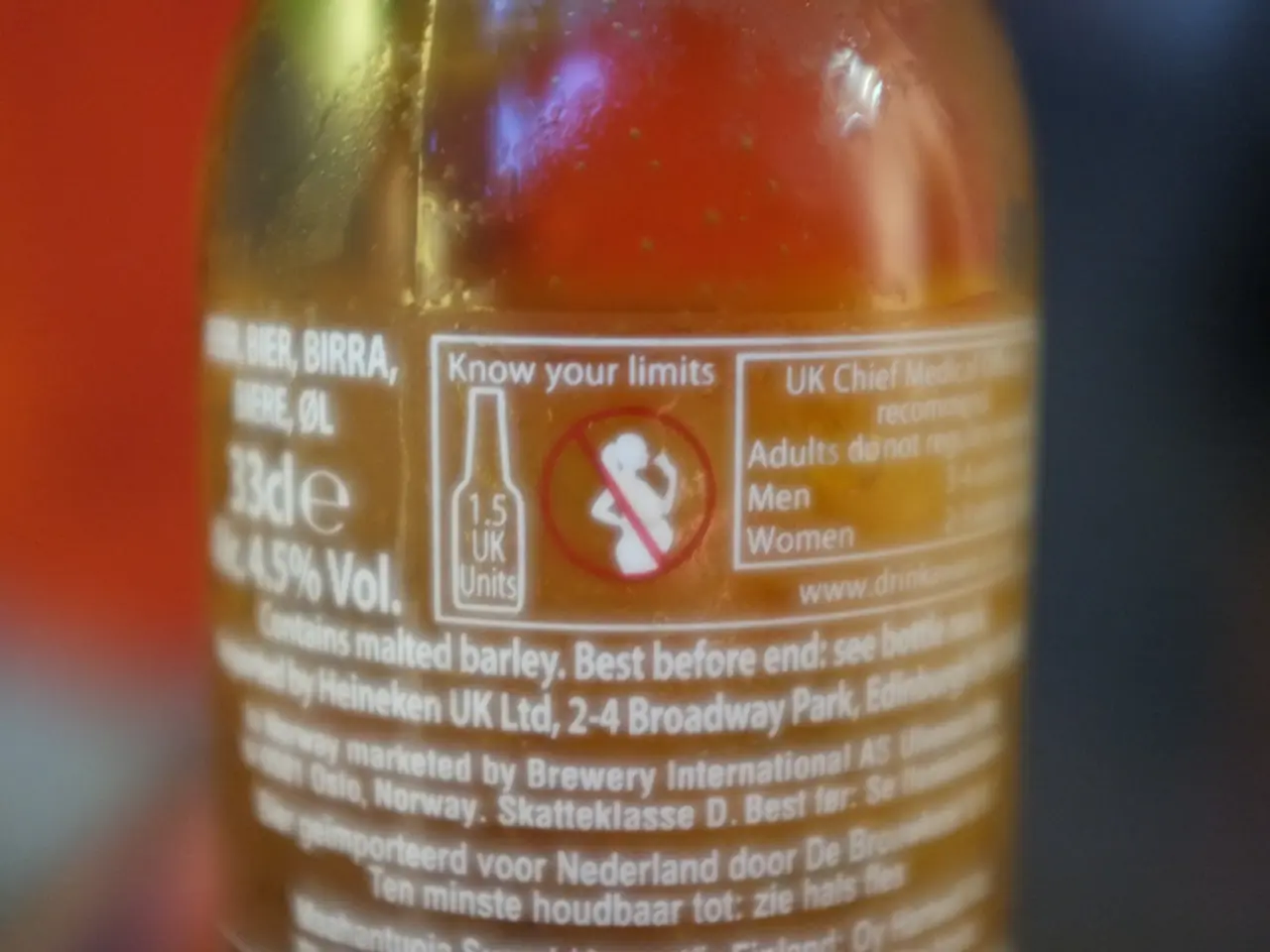Safety of Spray Tans in Question
Spray tanning has become a popular alternative to sunbathing and tanning beds, but it's essential to understand the potential health risks involved.
While the risks of spray tanning are not fully understood, and more research is needed to determine potential long-term effects, the primary concerns are generally related to improper inhalation of spray particles and the fact that spray tans do not protect the skin from UV damage or skin cancer.
Spray tanning uses dihydroxyacetone (DHA), a sugar that reacts with the amino acids in the skin's outer layer to produce color. While DHA itself is not shown to be harmful when applied topically, inhaling the spray during application may carry risks. Precautions like protective masks and proper ventilation are advised to minimise these risks.
It's important to note that spray tans do not offer any protection against ultraviolet radiation and therefore do not reduce risks of sunburn or skin cancer. Users must still practice sun safety, including using sunscreen and UV-protective clothing, as spray tans merely provide a cosmetic coloring effect that fades with skin exfoliation.
There is no evidence linking spray tanning directly to serious adverse health effects such as skin cancer. However, improper use or repeated inhalation exposure could pose respiratory risks. The main health risks from tanning overall come from UV exposure, not from topical spray tans.
The DHA in spray tans does not penetrate deeply enough to be absorbed into the bloodstream and is considered safe for external use without increasing skin cancer risk. However, spray tanning products may contain fragrances that can be irritating for sensitive skin or certain allergies.
Relying on spray tanning might lead some individuals to underestimate the need for sun protection and mistakenly assume they have a sun-safe tan, potentially increasing UV exposure-related risks. Therefore, sun protection practices remain essential.
A spray tan is temporary, lasting about 5 to 10 days, due to skin shedding and exfoliation. On the other hand, tanning, whether in a tanning bed or in the sun, exposes the skin to UV radiation, leading to premature aging signs such as wrinkles, dark spots, and sagging skin.
Most skin cancers diagnosed in the U.S. each year are sun-related. Tanning beds serve up an especially intense form of radiation called UVA, linked to an increased risk of all forms of skin cancer. The FDA has suggested caution when using spray tans due to possible DHA inhalation and absorption, especially for pregnant women.
In summary, spray tanning is much safer than UV tanning or sun exposure regarding skin cancer and DNA damage, but care should be taken to avoid inhaling the spray, and sun protection practices remain essential.





